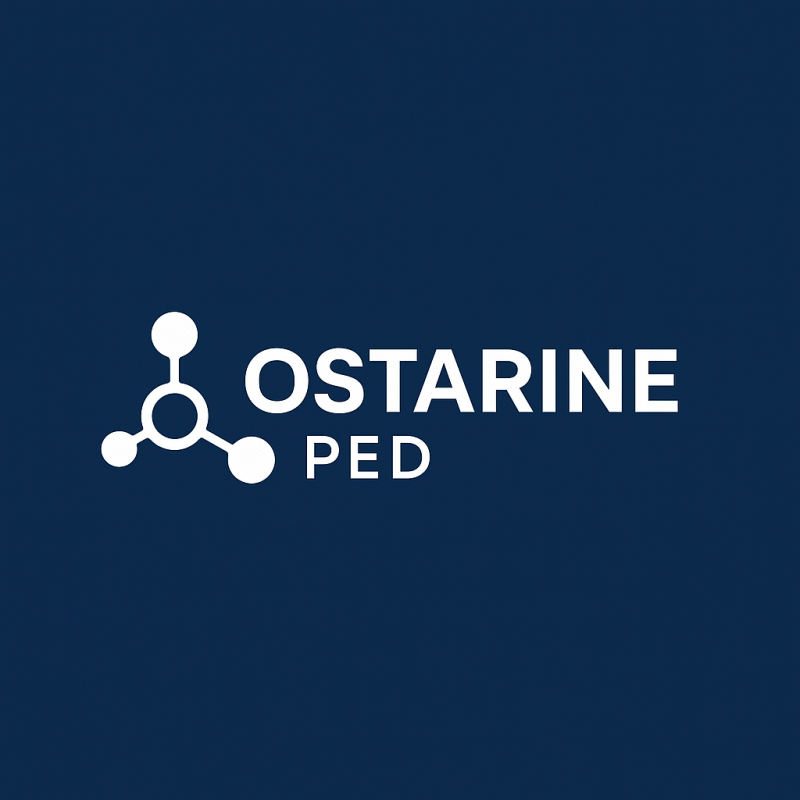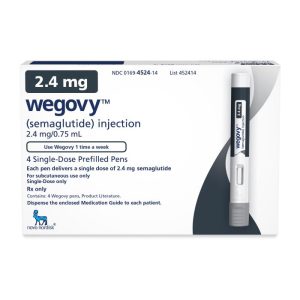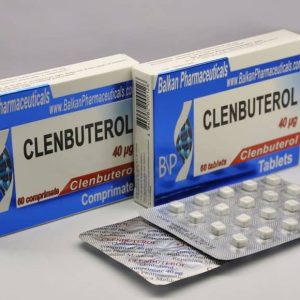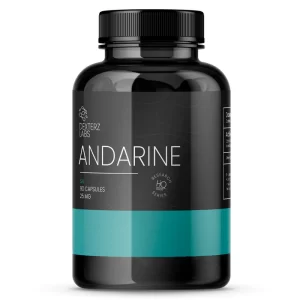SR9009 (Stenabolic)
$55.00
SR9009 (Stenabolic)
SR9009 (Stenabolic) commonly known as Stenabolic, is a synthetic REV-ERBα/β agonist that has gained attention in preclinical research for its unique ability to modulate metabolism, enhance endurance, and influence circadian rhythms. Unlike traditional anabolic compounds, SR-9009 works by binding to REV-ERB nuclear receptors, which play a crucial role in energy expenditure, mitochondrial function, and sleep-wake cycles.
This compound is classified as an “exercise mimetic”—a substance that mimics the effects of physical exercise—making it a valuable research tool for studying metabolic disorders, obesity, and muscle fatigue resistance.
Mechanism of Action: How SR-9009 Works
SR-9009’s primary mechanism involves activating REV-ERB proteins, which regulate:
✔ Mitochondrial Biogenesis – Increases energy production in cells.
✔ Lipid Metabolism – Enhances fat oxidation (fat-burning).
✔ Circadian Rhythm – Modulates genes linked to sleep and metabolism.
By stimulating these pathways, SR-9009 has been shown in preclinical studies to:
-
Boost endurance (prolonged treadmill runtime in animal models).
-
Reduce fat accumulation without dietary changes.
-
Improve metabolic rate (increased oxygen consumption).
Key Research Applications of SR-9009
1. Endurance & Exercise Performance
-
Studies suggest SR-9009 enhances stamina by improving mitochondrial efficiency.
-
Potential use in fatigue resistance research for athletes and military applications.
2. Fat Loss & Metabolic Syndrome
-
Promotes lipid oxidation, making it relevant for obesity and diabetes studies.
-
Unlike stimulants, it does not increase heart rate or blood pressure.
3. Circadian Rhythm & Sleep Disorders
-
REV-ERB agonists like SR-9009 may help regulate sleep cycles and metabolic health.
-
Investigated for shift work disorder and jet lag adaptation.
4. Neuroprotection & Anti-Inflammatory Effects
-
Early research indicates potential neuroprotective benefits in neurodegenerative models.
-
May reduce chronic inflammation linked to metabolic diseases.
Pharmacokinetics & Research Considerations
-
Short Half-Life (~4 hours) – Requires frequent dosing in studies.
-
Bioavailability Challenges – Poor oral absorption; often administered via injection in preclinical models.
-
Optimal Research Dosage – Varies by study design (common range: 5-30 mg/kg in animal models).
SR-9009 vs. Other Metabolic Modulators
| Compound | Target | Primary Use | Key Advantage |
|---|---|---|---|
| SR-9009 | REV-ERB agonist | Endurance, fat loss | Non-stimulant, circadian benefits |
| GW-501516 (Cardarine) | PPARδ agonist | Fat oxidation | Enhances aerobic capacity |
| SR-9011 | REV-ERB agonist (similar to SR-9009) | Muscle preservation | Longer half-life |
Where to Buy SR-9009 for Research
For laboratories studying metabolic pathways and exercise mimetics, sourcing high-purity SR-9009 is critical. Look for:
✔ Third-party testing (HPLC/MS verification)
✔ Certificate of Analysis (COA) for purity confirmation
✔ Reputable suppliers specializing in research chemicals
Note: SR-9009 is not approved for human consumption and is strictly for scientific investigation.
Conclusion: The Future of SR-9009 Research
SR-9009 remains a promising compound for studying metabolism, endurance, and circadian biology. Its ability to enhance mitochondrial function without stimulant effects makes it unique among research chemicals. Future studies may explore:
-
Combination therapies with other metabolic agents.
-
Clinical potential for metabolic and sleep disorders (pending further research).
For scientists and research institutions, SR-9009 offers a valuable tool to investigate energy regulation, fat loss mechanisms, and fatigue resistance.
Be the first to review “SR9009 (Stenabolic)” Cancel reply
Related products
Fat Loss / Cutting
Fat Loss / Cutting
Fat Loss / Cutting
Fat Loss / Cutting








Reviews
There are no reviews yet.